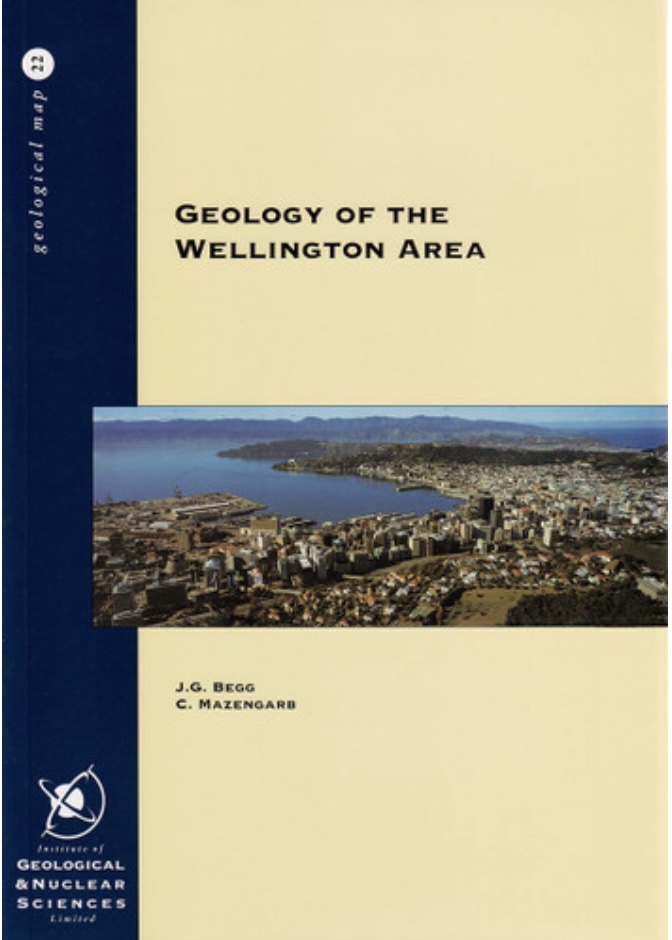
Geology of the Wellington area
Wellington is sited on a rugged, tectonically active landscape.
The Wellington area is underlain by rocks of the Torlesse Complex, late Paleozoic to Mesozoic basement rocks which form the bedrock of large areas of New Zealand.
Two distinctive belts of Torlesse sediments occur within the area, the Wellington belt and Rimutaka belt; they correlate with Torlesses subterranes in the South Island. The principal rock types of the Torlesse Complex are greywacke (sandstone) and argillite, with minor amounts of conglomerate. These rocks were deposited in a deep marine environment and accreted during an extended period of subduction along the continental margin of Gondwana. Small areas of basalt, chert, coloured argillite and limestones are also present within the Torlesse Complex. They probably represent seamounts and ocean floor material incorporated into the Torlesse sediments during subduction.
A number of deformational features have developed in this process, including folds, faults, melange and broken formation. The once horizontal bedrock layers now commonly stand close to vertical. Wellington belt rocks are generally metamorphosed to prehnite-pumpellyite grade, with some areas of low-grade schist; Rimutaka belt rocks show a variety of metamorphic grades.
The Wellington area has numerous active faults. The region was the site of the most powerful earthquake to occur in New Zealand since European settlement, and minor earthquakes frequently shake the area. Future severe earthquakes are likely to result in damage through ground shaking, fault rupture, liquefaction, landslides and tsunamis.
$49.90
